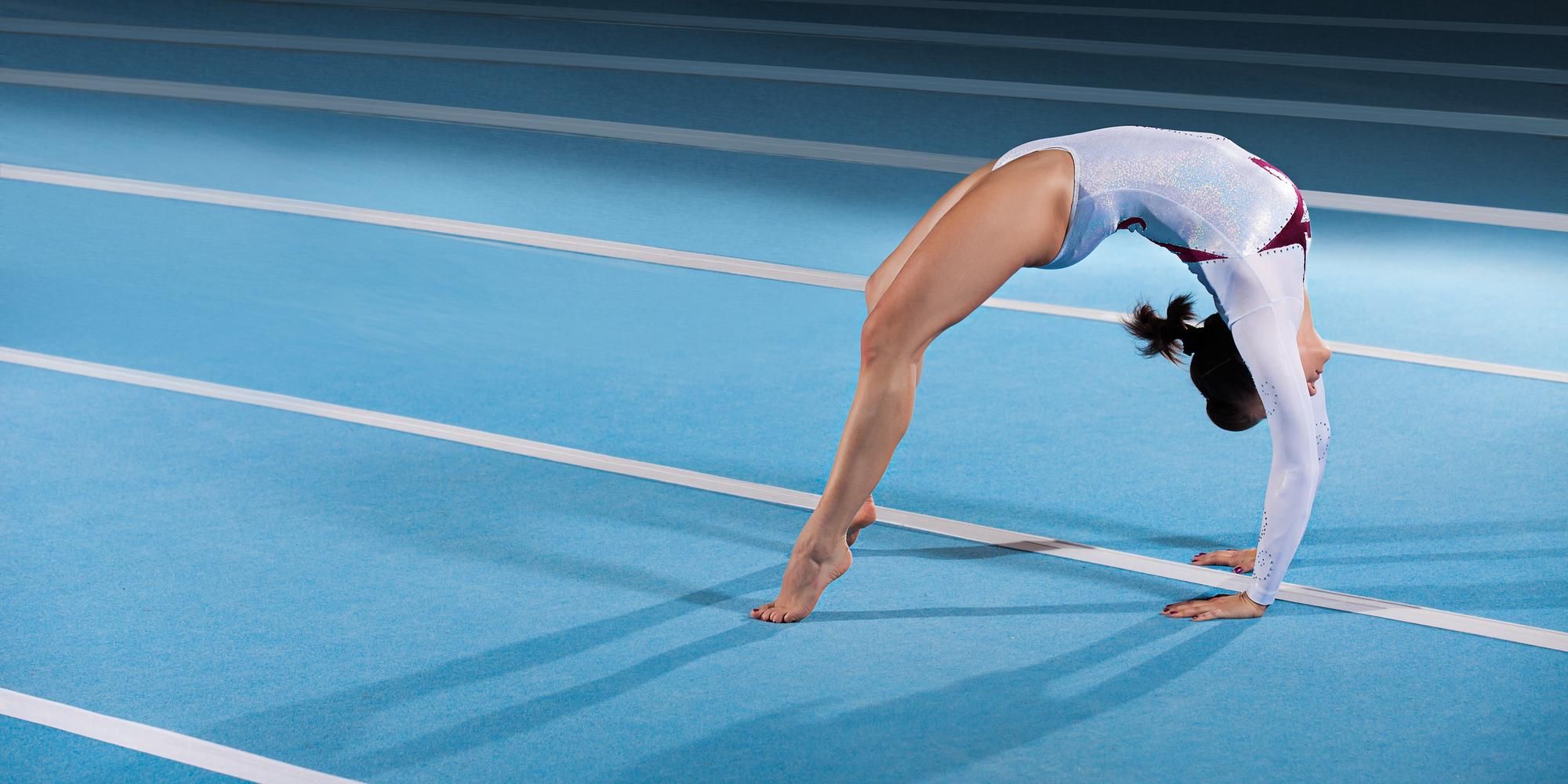

"More and more young people are finding out about it," Hesham says. When the scene first emerged around five years ago there was just a handful of enthusiasts, and fewer obstacles for them to enjoy. Mohammed is now just one of hundreds of young people who congregate on the Corniche each week to practise their skills, make new friends and get fit. If you pause, that's when you can get hurt." You have a millisecond to think of the trick you're going to do, or the way you want to land, and where you want to go. "And focusing on the thing that you're going to do, block everything else out. "Staying calm is the main thing," Mohammed says.

A successful move involves using one's body weight to travel from place to place in one single movement. There is no official list of moves in parkour the techniques use basic gymnastic moves that have been adapted to incorporate the obstacles.

The name originates from the French word parcours (which means route in English) and was the term used by Belle's father, Raymond, to describe his son's activities. It is widely accepted that parkour as we know it now was founded by a Frenchman, David Belle, in 1988. I think you can express yourself much more in this than any other sport." "All my friends play football, that's the only sport in Abu Dhabi, so if you don't like football there isn't a lot to do. If I didn't come here most nights, I would either be a huge nerd or a bad person getting into trouble," he laughs. "It's much better for me than sitting at home. The Rawafed Private School pupil began training on the Corniche in 2011 and now spends at least four evenings a week there. Mohammed Adouchan, 15, is one of the proteges well on his way to becoming an advanced traceur. He has taken it upon himself to teach many of the youngsters, who are mainly boys, the basics of parkour so they can practise safely.
Basic gymnastic moves how to#
Parkour athletes - known as a traceur or traceuse depending on their sex - are mostly self-taught, learning how to do it by watching videos on YouTube.īut recently, Hesham has become something of a teacher as well as an enthusiast. You can't let someone judge what you do."
Basic gymnastic moves free#
In parkour you are free to do whatever you imagine or think. "In gymnastics I hated being told to do it the perfect way or get marked down. Hesham, an accountant, was also a competitive gymnast before he moved to the UAE. How can someone judge someone else's way of doing it when there isn't a right or a wrong way?" "Every athlete has his own way of doing it. "Personally I am against the championship as a competitive sport," Hesham says. Red Bull, the energy drinks company, now holds an annual Art of Motion championship in a different country each year. Traditionally it was a non-competitive exercise, but as its popularity increased, there came more opportunities for sponsors and athletes to make money. Practically any obstacle attached to the ground can be part of an urban gymnast's playground. It can mean propelling oneself over a wall, clambering under a handrail, jumping across a flower bed, or even scaling a seven-foot wall before leaping over the other side.

Parkour, which was given an official name in France in the 1980s, literally means getting from one place to another by incorporating any obstacles into the journey, rather than avoiding them. The 24-year-old Egyptian is part of a growing parkour scene in Abu Dhabi which, in the past few years, has increased in popularity more than tenfold, with hundreds of youngsters showing up to the Corniche every weekend. We don't do anything extreme or dangerous, it's about being free to move any way you want, using the landscape around you. Once this is mastered, they can kick their legs over their head and land on their on their feet in the lunge position."It's the art of movement, I don't think of it as a sport," says Hesham Kamel, as he balances his body weight on his hands for a few seconds, before propelling himself over a metre-high wall on Abu Dhabi's Corniche. Gymnasts look at their hands and bend backward in a "U" shape until their hands touch the ground. The starting position is standing with arms straight up by the head. They get their the arms straight and their head off the ground. Gymnasts bend their legs and place their feet on the floor and push with their arms and legs. The bridge starting position is on the back, hands next to the head with fingertips pointing toward the toes. Then they come down into the standing position. Gymnasts reach for the ground, extending their legs to the air with their feet "kissing" when the body is vertical and upside down. This move starts with a tall stance, one foot in front. Gymnasts then squat down on their heels, sit on the mat, roll backward, push off the ground and elevate into a standing position.


 0 kommentar(er)
0 kommentar(er)
